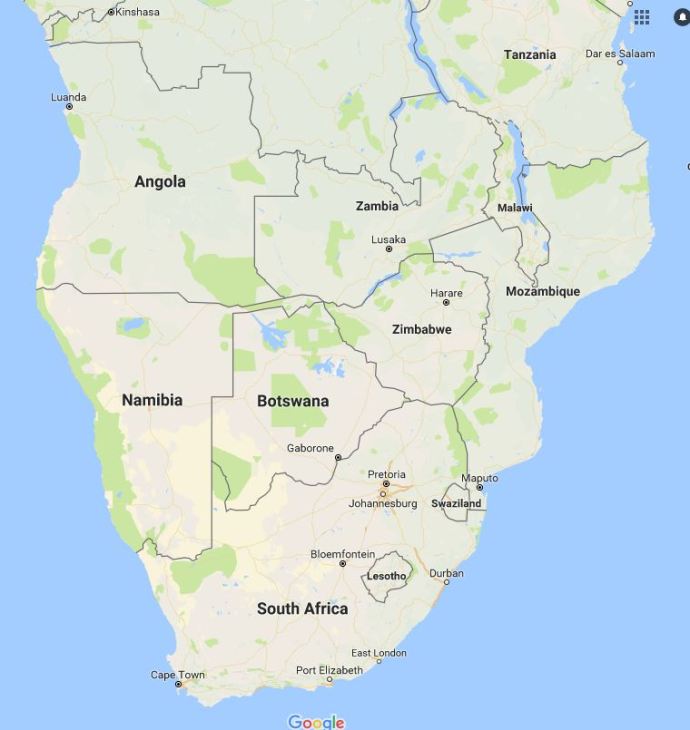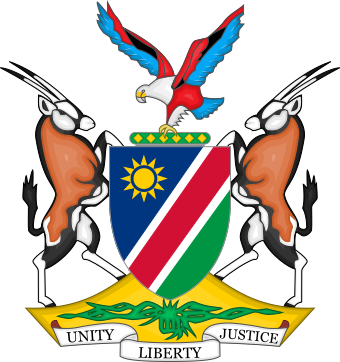We leave for Namibia in a week, an exotic destination whose name commonly elicits this reaction from a large fraction of Americans: “Where? Is that a country?”
Yes, it’s a country, located in the southwest corner of Africa, west of Botswana and north of South Africa. I’ll make this easy:

In fact, it used to be called South West Africa, annexed by Germany as a colony in about 1890. We all know how well European colonization of Africa has worked out, and this was no exception: The Germans spent about a dozen years suppressing uprisings by the indigenous Herero and Namas tribes, wiping out about 80% of the former before throwing in the towel and ceding the territory to South Africa in 1915. The League of Nations made it official in 1920, but the UN changed direction and tried to pull it under a UN trusteeship in 1946. South Africa was not happy and refused to let go, leading to the usual 20-year long series of strongly-worded letters and, in 1966, an armed liberation movement.
The South West Africa People’s Organization (SWAPO) eventually prevailed, and Namibia became independent in 1990. Today it has a parliamentary government with three branches and a bicameral legislature, like the US. Dissent is tolerated and there are multiple political parties, but it is also true that SWAPO has won every national-level election since independence. The country has a reputation for being media- and ecotourism-friendly.
For purposes of our trip, there are three regions of touristic interest: the Namib Desert (in case you were wondering where the country’s name came from); the Skeleton Coast, and Damaraland, the savannah.
- The Namib is known for its extensive dune fields, home to a species of oryx that lives among them.
- The Skeleton Coast is so named because of the whale and seal bones that littered the shore during whaling days, as well as for the many shipwrecks from the same era.
- Damaraland is considered one of Africa’s last true wildernesses and is known for its large population of elephants. We’ll be doing our game-viewing there.
I mention all this now, a week in advance, because with a population of only 2.5 million and most of the attendant problems of a developing nation, Namibia is probably not going to offer much in the way of communications infrastructure. So although I will keep a journal I suspect that I will not be posting a lot of day-to-day blog updates; I will post them as Internet connectivity allows.
So I will leave you now with this image of Namibia’s coat of arms, that only one that I know of that has an oryx on it.

I was also going to close with some clever remark translated into Ovambo, the most widely-spoken Namibian tribal dialect, but, well, even Google Translate doesn’t know it.


So fun to hear about your upcoming travels! Will look forward to stories about your many adventures 🙂
Bon voyage!
And, since I know that you all value truth above all else, I will make sure that Mr. Isaacman’s literary license only strays into the land of exaggeration and not fabrication; my sole reason for accompanying him and Alice on this trip.
Little do my readers know that “Steve Evans” is actually a fictitious character, my “Fight Club”-style alter ego.
Sounds wonderful! Have a fantastic time. Can’t wait to hear your reports!